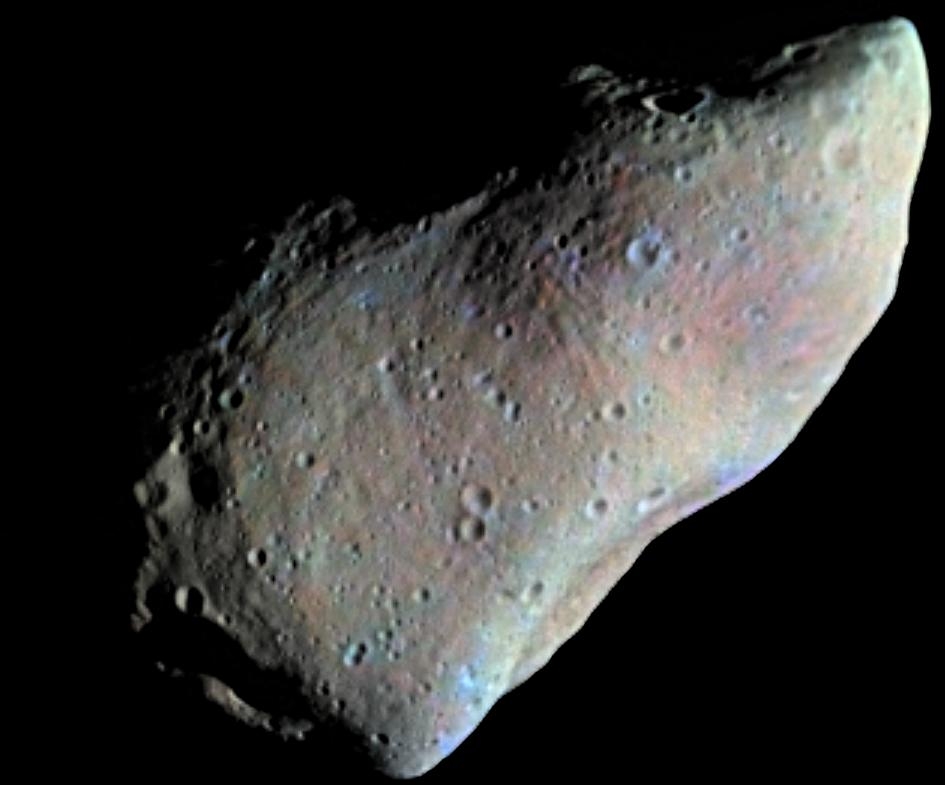
© Jon Mills/Rex FeaturesSoldiers could soon have a new weapon against a hidden enemy.
A rifle capable of firing explosive bullets that can detonate within a metre of a target could let soldiers fire on snipers hiding in trenches, behind walls or inside buildings.
The US army has developed the XM25 rifle to give its troops an alternative to calling in artillery fire or air strikes when an enemy has taken cover and can't be targeted by direct fire. "This is the first leap-ahead technology for troops that we've been able to develop and deploy," says Douglas Tamilio, the army's project manager for new weapons for soldiers. "This gives them another tool in their kitbag."
The rifle's gunsight uses a laser rangefinder to calculate the exact distance to the obstruction. The soldier can then add or subtract up to 3 metres from that distance to enable the bullets to clear the barrier and explode above or beside the target.

